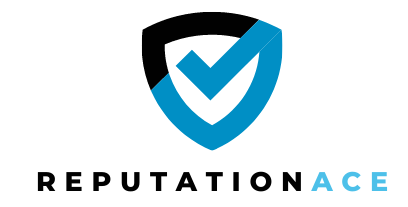Legal definition:
Cyber bullying refers to any harassment that occurs via the internet, cell phones or other devices. Communication technology is used to intentionally harm others through hostile behavior such as sending text messages and posting ugly comments on the internet.
The National Crime Prevention Council defines cyber-bullying as “the process of using the Internet, mobile phones or other devices to send or post text or images intended to hurt or embarrass another person.”
Cyber-bullying could be limited to posting rumors or gossips about a person in the internet bringing about hatred in other’s minds; or it may go to the extent of personally identifying victims and publishing materials severely defaming and humiliating them.
However, when this technology is abused, or used to harass or threaten others, there may be legal consequences. There are four UK statute laws and one Scottish common law that are relevant to the use of IT in relation to bullying. These are:
The Protection from Harassment Act 1997
The Criminal Justice and Public Order Act 1994
The Malicious Communications Act 1998
The Communications Act 2003
Breach of the Peace (common law)
Legal definition
Cyberbullying is defined in legal glossaries as actions that use information and communication technologies to support deliberate, repeated, and hostile behavior by an individual or group, that is intended to harm another or others.
1. use of communication technologies for the intention of harming another person
2. use of internet service and mobile technologies such as web pages and discussion groups as well as instant messaging or SMS text messaging with the intention of harming another person.
Examples of what constitutes cyberbullying include communications that seek to intimidate, control, manipulate, put down, falsely discredit, or humiliate the recipient. The actions are deliberate, repeated, and hostile behavior intended to harm another. Cyberbullying has been defined by The National Crime Prevention Council: “when the Internet, mobile phones or other devices are used to send or post text or images intended to hurt or embarrass another person.
A cyberbully may be a person whom the target knows or an online stranger. A cyberbully may be anonymous and may solicit involvement of other people online who do not even know the target
Legislation and education in the field are ongoing. Basic definitions and guidelines to help recognize and cope with what is regarded as abuse of electronic communications have been identified.
1.Cyberbullying involves repeated behavior with intent to harm and repeated nature
2.Cyberbullying is perpetrated through Harassment, Cyberstalking, Denigration (sending or posting cruel rumours and falsehoods to damage reputation and friendships), Impersonation, Exclusion (intentionally and cruelly excluding someone from an online group)
Cyberbullying can be as simple as continuing to send e-mail or text harassing someone who has said they want no further contact with the sender. It may also include public actions such as repeated threats, sexual remarks, pejorative labels (i.e.hate speech) or defamatory false accusations), ganging up on a victim by making the person the subject of ridicule in online forums, hacking into or vandalizing sites about a person, and posting false statements as fact aimed a discrediting or humiliating a targeted person. Cyberbullying could be limited to posting rumors about a person on the internet with the intention of bringing about hatred in others’ minds or convincing others to dislike or participate in online denigration of a target. It may go to the extent of personally identifying victims of crime and publishing materials severely defaming or humiliating them.
Cyberbullies target them for the purpose of publishing material in their name that defames, discredits or ridicules them. Others post rumors or gossip and instigate others to dislike and gang up on the target
Stalking online has criminal consequences just as physical stalking. Cyberstalking is an extension of physical stalking.Among factors that motivate stalkers are: envy, pathological obsession (professional or sexual), unemployment or failure with own job or life; intention to intimidate and cause others to feel inferior.
it may be an offence under the 1997 Harassment Act.
Furthermore, the Communications Act 2003 makes it a criminal offence to send: “…by means of a public electronic communications network, a message or other matter that is grossly offensive or of an indecent, obscene or menacing character”.



